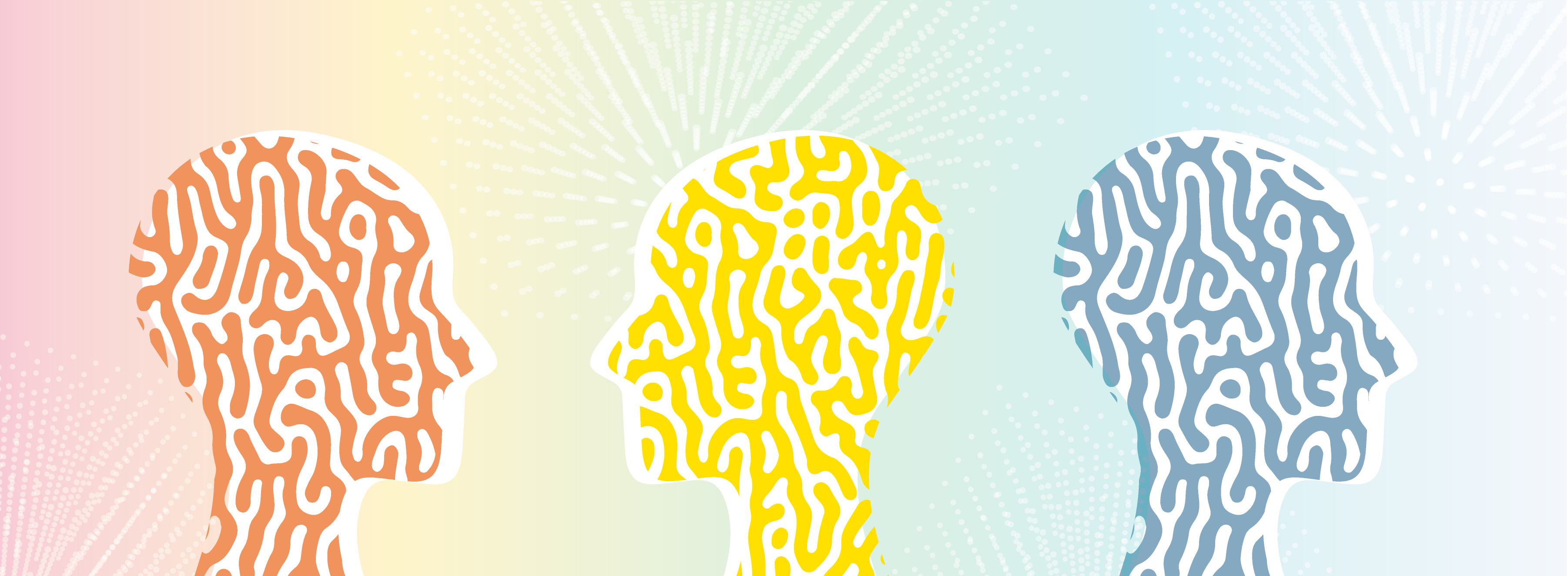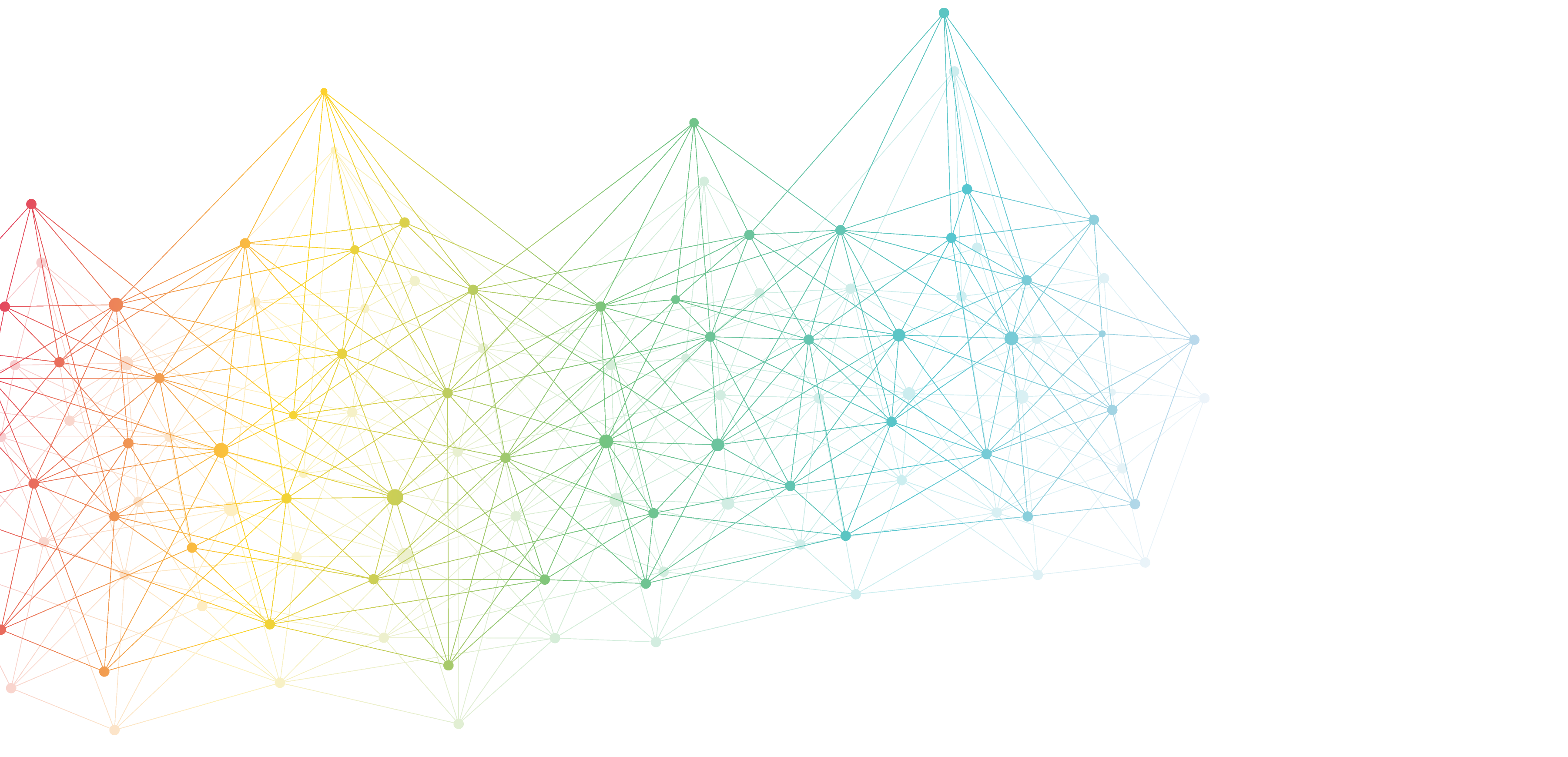The Impact of Neurodiversity on Workplace Evolution

The awareness of neurodiversity has surged over the past few years as more people recognize the importance of accessible design. Though it is unclear how this recent increased awareness will impact built environments, Flad embraces this momentum, recognizing the crucial role of design in fostering individual and collective empowerment.
The neurodiversity movement has its origins in the Autistic Rights Movement of the 1990s. The word was coined by Australian sociologist Judy Singer and has since broadened beyond autism to encompass other forms of neurodivergence.
According to an article published by the Harvard Medical School in 2021, "Neurodiversity describes the idea that people experience and interact with the world around them in many ways; there is no one 'right' way of thinking, learning, and behaving, and differences are not viewed as deficits." Although logical, this knowledge still begs the question, how does this information affect the design community?
As part of design research efforts at Flad, we continue to uncover interesting insights from pre- and post-occupancy evaluations. In addition to measuring how well the building meets established guiding principles and overall project goals, these evaluations provide a granular lens on the correlation between the built environment and occupant preferences at large.
Our research continues to reveal the pandemic's profound impact on work patterns, which has proved to be a catalyst in reshaping the essence of work. After experiencing the benefits of focus-work at home for approximately two years, a large portion of employees now find performing focus-work in offices distracting. This is partly attributed to virtual meetings becoming increasingly common, with open office areas essentially turning into teleconference spaces, minus the much-needed acoustic barriers.
Conversely, employees that enjoy spontaneous interactions with colleagues desire vibrant offices where they feel energized to work. This heightened sense of self-awareness about personal work preferences has spotlighted various cognitive challenges of the in-person workplace.

One such challenge that came to light in a post occupancy evaluation was the impact of color on occupants. While the occupant survey did not explicitly contain any color-related questions, a small number of respondents indicated that they experienced over-stimulation while working in specific-colored rooms, finding it especially hard to focus while working there. Lighting is another important factor that is closely tied to color as choice of natural or artificial lighting can alter the colors in a space. According to color psychology researchers, color has the potential to cause sensory overload for people with neurodivergent needs. Therefore, they naturally tend to avoid overly strong stimuli when possible.
The recognition that our bodies and minds are significantly impacted by our environment, personal relationships, and personal health – which in turn affects our work performance – is making it imperative for designers to look at occupants more holistically.
Certainly, it is not new knowledge that the evolution of workplace design has historically been influenced by various extrinsic factors. The post-industrial period, characterized by the shift from manufacturing to service-based industries, led designers to use the concept of factory production lines in office layouts with tightly packed rows of desks.
Over the following few decades, workplace design continued to metamorphose based on numerous factors, ranging from the influx of female workers in the white-collar workforce to the need for collaboration while still maintaining privacy. These shifts elicited changes in the design of the workplace, from elements such as modesty panels and the rise of cube farms in past decades to today where major advancements in technology are offering employees the option to work remotely and in different locations within the workplace environment/office.
With such profound changes in work patterns in recent years, workplace design is yet again at a crossroads, and the design community must engage with these ever-evolving needs.
The word design implies creating with intention, and this workspace evolution serves as a reminder to be cognizant about critical factors that continue to impact space utilization.
Flad's mission to create environments that enhance human potential is a testament to this intent. With an estimated 15-20 percent of the world's population exhibiting some form of neurodivergence, it appears necessary for designers to increase their level of awareness about neurodiversity. Data points to an increasing desire for a variety of space types that are responsive to the varying needs of the mind and body throughout the day.
The AIA's Framework for Design Excellence outlines 10 principles for the 21st century, and one of the principles is Designing for Well-being. This principle essentially states that good design supports the health and well-being of all people while taking into consideration the physical, mental, and emotional effects on building occupants and the surrounding community.
Numerous factors contribute to good design, including light, thermal comfort, indoor air quality, mental and social well-being, acoustics, movement, and nourishment; which should all be considered for optimal human-centered design.
Given this knowledge, widening the lens and designing with neurodiversity in mind seems only fitting.
According to a 2023 Global Trends Report by HireVue, after months of battling employee resignations, the biggest challenge organizations are facing is finding right-fit candidates. Those employers willing to adapt to change are more likely to successfully attract a diverse range of employees.
Ultimately, the design community must play a vital part in nurturing design with the goal of creating environments that enhance all human potential.